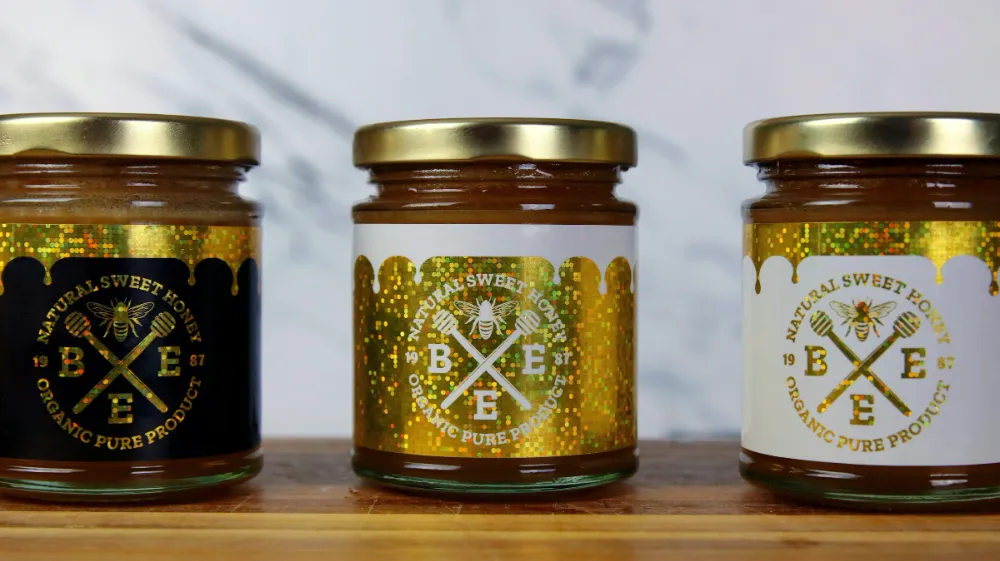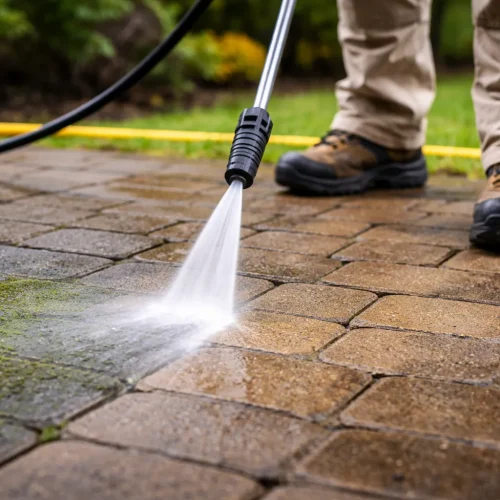
Introduction to Glitter Sticker Production
Creating custom glitter stickers requires precision. The process combines artistic vision with technical execution. Success depends on selecting appropriate materials and methods.
Commercial production demands consistent quality standards. Your custom stickers must withstand handling and application. Professional results require proper equipment and technique. Whether you’re producing stunning glitter stickers for retail or corporate branding, understanding the fundamentals ensures optimal outcomes.
Essential Materials and Base Selection
Core Supplies Required
- Adhesive vinyl forms the foundation for durability.
- Printable glitter sticker sheets offer immediate sparkle effects.
- Cardstock or sticker paper provides economical alternatives.
- Glitter medium creates custom finishes when mixed properly.
- Gel medium acts as a binding agent.
The sparkly stickers you produce depend on base material. Vinyl withstands outdoor conditions better than paper. Holographic glitter adds dimensional visual appeal. Choose materials based on end-use requirements.
Selecting Your Production Base
Paper-based options suit short-term indoor applications. Adhesive vinyl delivers superior longevity for commercial needs. Printable glitter sticker sheets eliminate hand-application of loose glitter.
Test different substrates before committing to bulk production. Temperature and humidity affect adhesion properties significantly. Consider storage conditions when selecting your base material.
Design Preparation and Digital Workflow
Creating Print-Ready Artwork
- Design files should use CMYK color mode.
- Resolution must meet 300 DPI minimum standards.
- Include bleed areas of 0.125 inches minimum.
- Save files in universally compatible formats.
Professional design software streamlines the digital cutting process. These applications integrate design and production seamlessly. Your glitter designs require precise vector paths. Bitmap images produce inferior cutting results compared to vectors.
Adding Technical Elements
Cutline / registration mark placement ensures accurate cutting alignment. These technical markers guide automated cutting equipment. Position them outside your final design boundaries. The glitter labels need proper spacing between elements.
Print-then-cut features depend on registration accuracy. Calibrate your equipment regularly for consistent results. According to research from the Specialty Graphic Imaging Association, proper registration reduces production waste by up to 40%.
Printing Methods and Equipment Compatibility
Printer Technology Considerations
- Inkjet printers work well with specialty papers.
- Laser printers handle higher production volumes efficiently.
- Pigment-based inks resist fading better than dyes.
- Test print settings before large production runs.
These glittery embellishments require compatible ink and substrate pairings. Inkjet systems offer versatility with various printable glitter sticker sheets. Laser technology provides faster throughput for commercial operations.
Heat from laser printers can affect certain materials. Always verify manufacturer specifications before processing. The commercial sticker industry continually develops improved compatible materials.
Cutting Machine Setup and Operation
Equipment Configuration
Digital cutting machine technology has evolved significantly recently. Modern systems offer precise cutting depths and speeds. Blade selection impacts cut quality on different materials.
- Deep-cut blades handle thick cardstock or sticker paper.
- Standard blades suit most vinyl applications perfectly.
- Rotary blades excel with fabric-backed adhesive materials.
- Fine-point blades create intricate detail work successfully.
Adjust cutting pressure incrementally to prevent material tearing. Professional cutting software provides material-specific preset configurations. Custom settings allow optimization for unique substrate combinations.
Registration and Alignment Techniques
Proper cutline / registration mark detection prevents production errors. Clean your scanner glass regularly for optimal recognition. Lighting conditions can affect automatic mark detection systems.
Test cuts verify settings before processing entire sheets. The shimmering cutouts depend on precise blade positioning. According to Crafting Industry Alliance standards, calibration should occur weekly minimum.
Glitter Application Methods
Hand-Applied Techniques
- Mix glitter medium with adhesive for uniform distribution.
- Gel medium provides excellent binding for loose glitter.
- Apply thin layers to prevent clumping issues.
- Allow proper drying time between application layers.
Those small-batch productions require patience during the application phase. Rushing causes uneven coverage and adhesion failures. Work in well-ventilated spaces when using solvent-based products.
Holographic glitter creates premium visual effects under varying light. Particle size affects final appearance and texture significantly. Fine glitter produces smoother finishes than coarse alternatives.
Pre-Printed Alternatives
Printable glitter sticker sheets eliminate manual glitter application entirely. These products arrive with embedded sparkle effects. They offer consistent results across production batches.
Cost per unit typically exceeds hand-applied methods. However, labor savings often justify the premium pricing. The sparkle decals maintain uniform quality without additional processing.
Protective Finishing and Durability Enhancement
Sealing Methods
- Lamination film provides the strongest protective barrier.
- Clear acrylic sprays offer quick-drying alternatives.
- UV-resistant coatings prevent sun-induced fading.
- Multiple thin coats outperform single thick applications.
Them (your finished stickers) need protection against environmental factors. Lamination film comes in matte and glossy finishes. Choose based on desired aesthetic and functional requirements.
Cold lamination suits temperature-sensitive materials better than heat. Hot lamination creates stronger bonds for demanding applications. Test samples before committing to production methodology.
Quality Control and Troubleshooting
Common Production Issues
Smudging occurs when ink hasn’t fully dried. Allow proper curing time before handling printed materials. Temperature and humidity significantly impact drying rates.
- Adhesion failures stem from contaminated surfaces usually.
- Flaking results from insufficient sealing or bonding.
- Cutting errors indicate blade dulling or incorrect pressure.
- Color shifts suggest printer calibration needs adjustment.
The glitter labels require consistent quality control checks. Implement statistical sampling protocols for large production runs. Document settings that produce optimal results consistently.
Resolution Strategies
Address adhesion problems by cleaning substrates before printing. Replace cutting blades when you notice ragged edges. Recalibrate color profiles regularly using manufacturer guidelines.
Adhesive vinyl performance depends on proper surface preparation. Your glitter designs deserve professional-grade quality standards. Small adjustments often resolve persistent production challenges.
Advanced Techniques and Creative Applications
Enhancement Options
- Rhinestones add three-dimensional luxury appeal effectively.
- Embossing creates tactile interest on certain substrates.
- Layering different glitter types produces unique effects.
- Combining printing with hand-application expands creative possibilities.
This production method allows extensive experimentation and innovation. Gel medium enables custom texture creation beyond standard options. Mix various glitter medium formulations for proprietary signature effects.
Test market response before investing in specialty materials. Client preferences vary significantly across different market segments. Stay current with emerging trends and techniques.
Conclusion and Professional Implementation
Mastering glitter sticker production requires technical knowledge and practice. Professional design software and digital cutting equipment democratize professional-quality production. Success comes from understanding material properties and equipment capabilities.
These glittery embellishments offer significant profit potential commercially. Printable glitter sticker sheets and adhesive vinyl form reliable production foundations. Invest in quality materials and equipment for sustainable operations.
Ready to elevate your custom sticker production capabilities? Begin with small test batches using various materials. Refine your processes before scaling to commercial volumes. Contact suppliers for technical specifications and compatibility information. Your journey toward producing premium the sparkle decals starts today.












